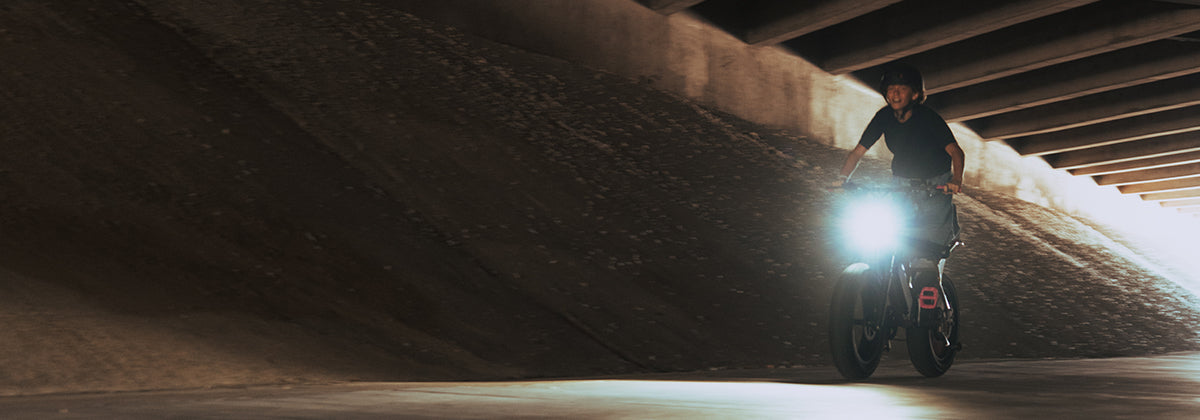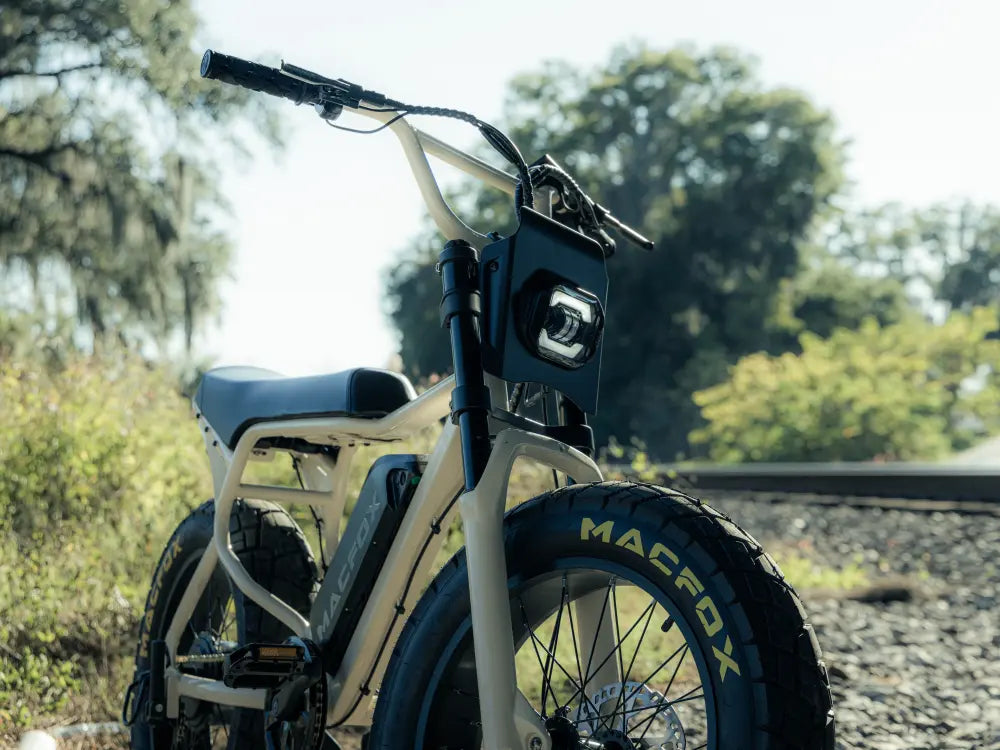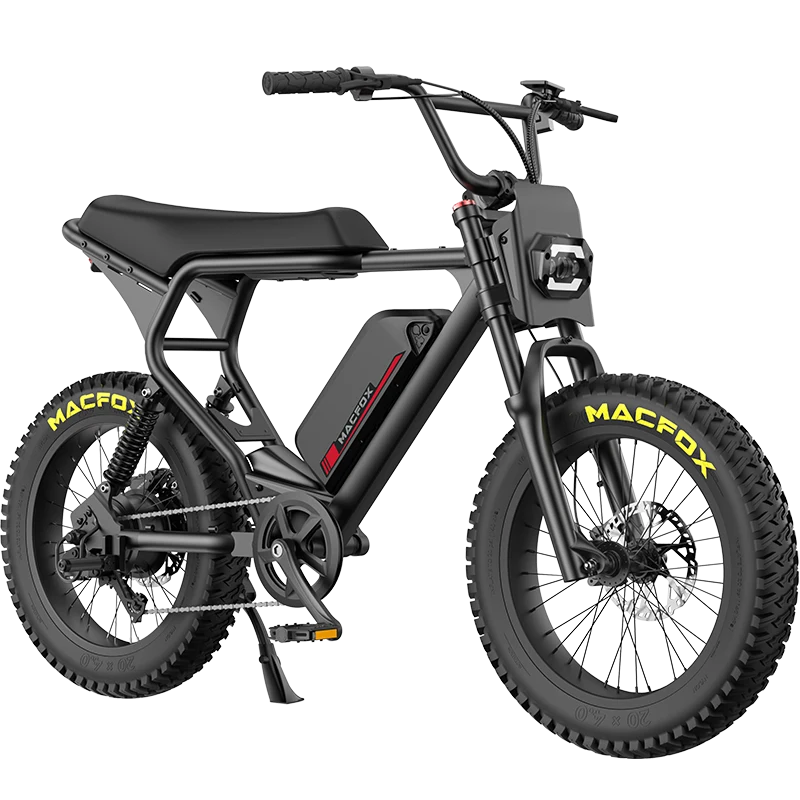Most electric bikes do not charge when you pedal. While a few concept models and experimental systems can capture small amounts of energy through regenerative pedaling, the vast majority of electric bicycles—especially consumer e-bikes in the U.S.—do not offer this feature. Pedal charging sounds futuristic, but current battery and motor design simply can’t recover enough energy to make it practical for everyday riders.
If you’re searching “do electric bikes charge when you pedal”, here’s the full explanation of why the idea is exciting, why it isn’t widely used yet, and how the underlying technology actually works.
Can Electric Bikes Charge While Pedaling?

The short answer: Technically yes, but realistically no—not on today’s mass-market e-bikes.
Here’s why:
| Can it happen? | Explanation |
| Yes, in theory | Pedaling can turn the motor into a generator (regenerative pedaling). |
| No, in practice | Most e-bike systems aren’t designed for reverse energy flow. |
| Not useful today | Energy recovered is too small to meaningfully recharge a battery. |
| Future possibility | More advanced motors could improve this in coming years. |
So while the concept is real, it isn’t something you’ll find on typical e-bikes at bike shops today.
Why Doesn’t Pedaling Recharge an E-Bike Battery?
The idea feels natural:
“Cars recharge when braking—so why can’t bikes recharge while pedaling?”
But physics works differently on bicycles.
1. Human power is too low
The average rider produces 100–200 watts by pedaling. Most e-bike motors consume 500–750 watts to assist you.
So even if all your pedaling energy was converted into electricity (it can’t be), it wouldn’t be enough to noticeably charge the battery.
2. Motors aren’t designed to reverse
Most e-bike hub motors are built for one direction:
→ Pull energy from battery → turn wheel → assist rider
To recharge, the motor must reverse flow:
→ Use wheel rotation → generate electricity → push back to battery
This requires expensive hardware and heavier motor design.
3. It makes pedaling harder
Regenerative pedaling creates resistance—like pedaling with a brake rubbing.
Young riders generally don’t want harder pedaling just to gain a tiny amount of charge.
4. The return is extremely small
Most tests show pedaling recharge adds 1–5% battery over a full ride. That’s not enough to justify the weight, cost, or complexity.
What About Regenerative Braking?

Some high-end or experimental electric bikes advertise “regen braking,” similar to electric cars.
Here’s the truth:
| Feature | Reality |
| Regen braking | Can recover small amounts of energy on long downhill rides |
| Regen pedaling | Very little energy return; rarely used |
-
The e-bike is heavy
-
The rider goes downhill a lot
-
The bike uses a direct-drive motor (very rare)
Most U.S. e-bikes—including performance models like the Macfox X2—use geared hub motors because they’re lighter, punchier, and better for urban and off-road riding.
Unfortunately, geared hub motors cannot support regen charging.
Why Pedal-Charging May Exist in the Future
Even though regenerative pedaling isn’t mainstream today, the idea is far from dead.
Here’s why the future looks promising:
1. Battery tech is evolving quickly
Higher-efficiency cells could make micro-charging worthwhile.
2. Smart controllers are becoming more advanced
Future controllers may redirect small bursts of energy without affecting ride feel.
3. New motor types may emerge
Direct-drive hubs may get lighter and cheaper, making regen viable.
4. Youth mobility is becoming a global trend
The more people ride electric bicycles, the more incentives brands have to innovate charging methods.
Today’s e-bikes don’t charge when you pedal—but the industry is moving fast enough that this may change in the next decade.
How Macfox Approaches This Technology Today

Macfox doesn’t include regenerative pedaling on current models—and there’s a reason for that: The technology isn’t efficient enough yet to help real riders.
But that doesn’t mean Macfox ignores future possibilities.
Instead, Macfox focuses on two priorities:
Macfox X7 — Efficient Power Use Over Inefficient Regen
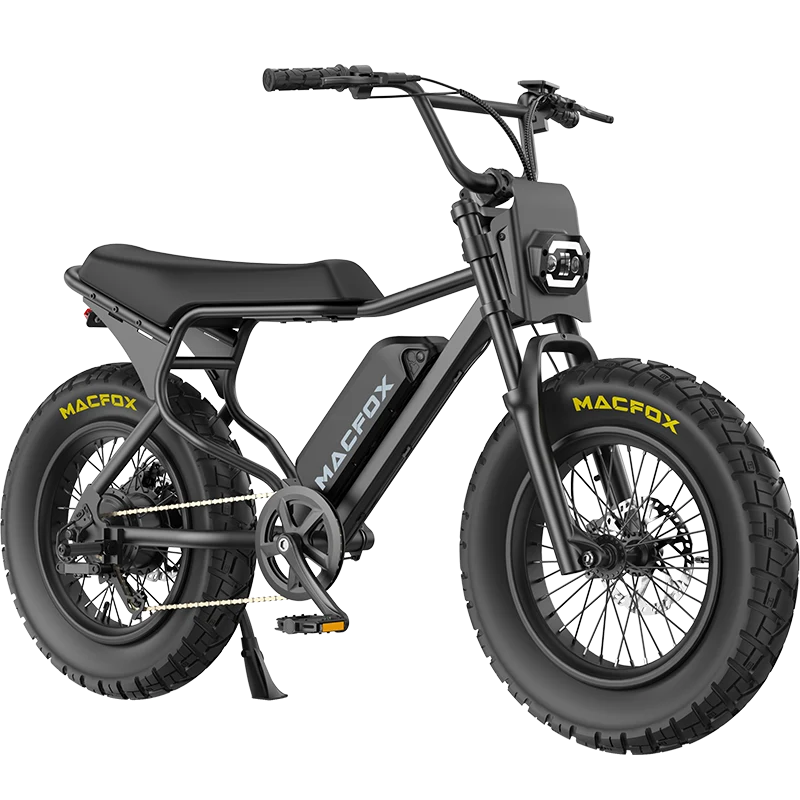
Macfox X7 Fat-Tire Ebike
$1,279.00 $1,599.00
A youth favorite for good reason — big tires, playful balance, and a 750 W motor that’s built for fun.
See The Bike*Prices are subject to the product detail page. Some earlier details may have been updated.
-
Lightweight frame for reduced energy consumption
-
Fat tires with rolling-resistance tuning
-
A power delivery curve designed to conserve battery during stop-and-go city riding
Macfox X2 — Performance Engineered for Real Riding, Not Lab Scenarios
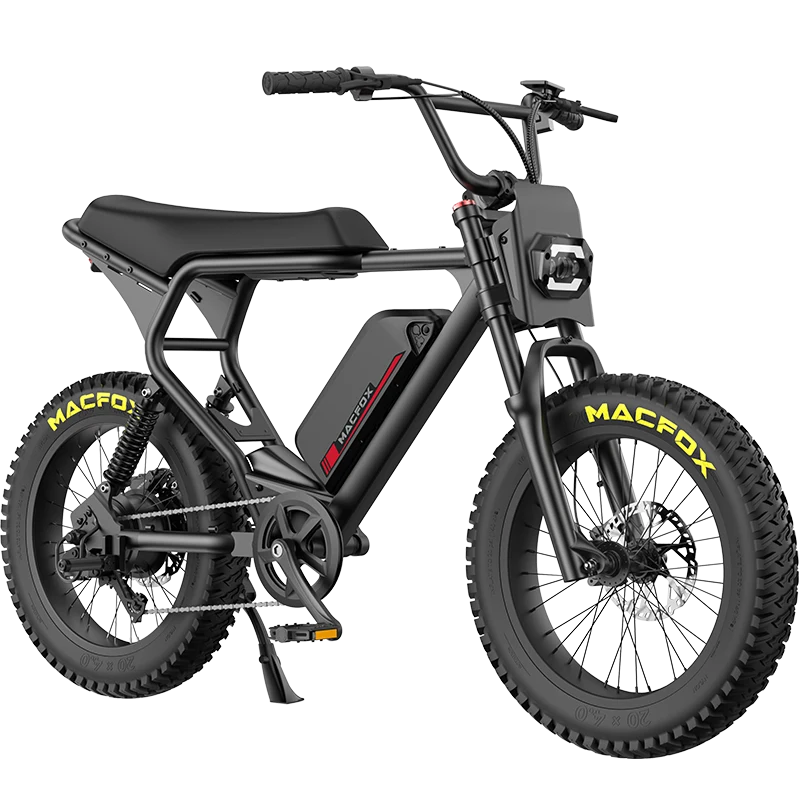
Macfox X2 Electric Mountain Bike
$1,709.00 $1,899.00
For the trail-takers and adrenaline chasers. Dual suspension, 28 mph top speed, and rugged performance.
See The Bike*Prices are subject to the product detail page. Some earlier details may have been updated.
-
Increase motor weight
-
Reduce punchy acceleration
-
Make hill climbing less responsive
Final Thoughts: Do Electric Bikes Charge When You Pedal?
Today’s electric bikes do not meaningfully charge when you pedal. Yes, the idea is theoretically possible, but the gain is too small and the drawbacks too large for mass-market bikes. Regen systems require heavy motors, complex electronics, and they increase pedaling difficulty.
But the vision is alive.
As battery technology evolves and motor efficiency improves, pedal-powered charging could eventually become a real feature—not just a concept.
Until then, the best approach is choosing a brand that continues to innovate, test new ideas, and prioritize real-world improvements.
Brands like Macfox focus on meaningful upgrades—better batteries, smarter controllers, and safer riding experiences—so when the future of pedal-charging does arrive, riders will be ready for it.


